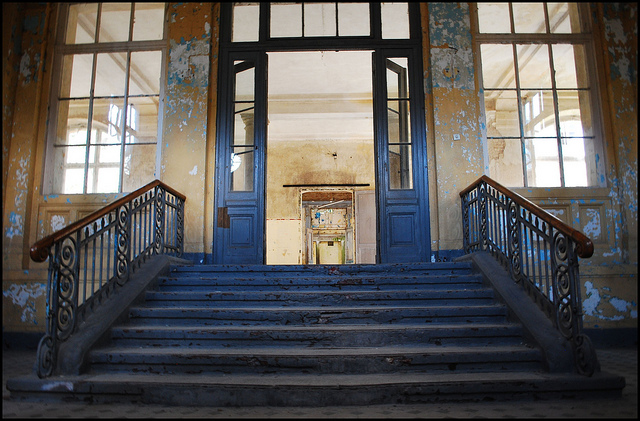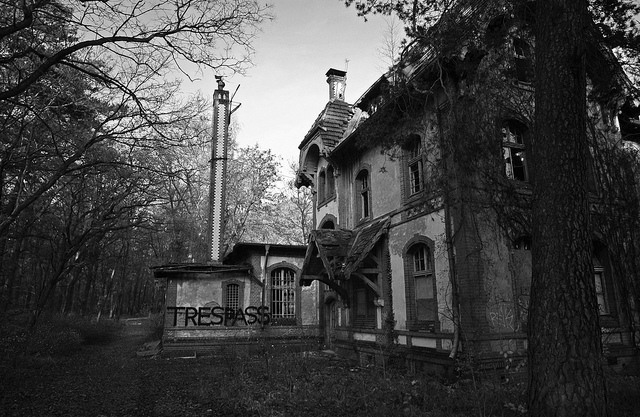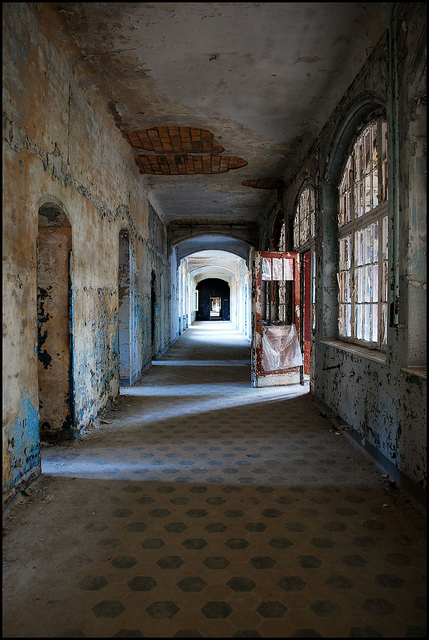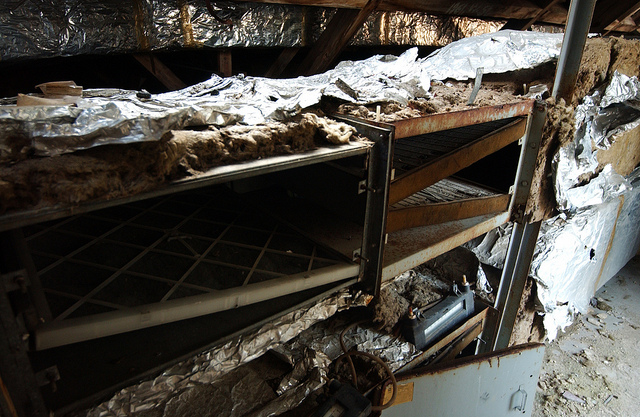Hitler was treated at this hospital during the Battle of the Somme, but it is now abandoned
Welcome to our in-depth exploration of the captivating Beelitz Military Hospital. Built-in 1898 as a sanatorium for tuberculosis patients, this historic institution holds a fascinating past. Throughout the years, it has served as a military field hospital during both World Wars, including the noteworthy fact that Adolf Hitler himself received medical treatment within its walls. Furthermore, rumors of inhuman experiments conducted during World War II have only added to this place’s intrigue. Although occupied by the Red Army until 1994, most of the hospital is now abandoned, making it an alluring destination for urban explorers, photographers, and filmmakers alike. Join us as we delve into the rich history and mysteries of the Beelitz Military Hospital.


In the late 19th century, the Beelitz Military Hospital was established to provide care and treatment for tuberculosis patients. Tuberculosis, a highly contagious and deadly disease at the time, necessitated the construction of specialized medical facilities to accommodate the growing number of afflicted individuals. The hospital was meticulously designed with state-of-the-art facilities, encompassing vast grounds to provide a serene and peaceful environment for patients’ recovery.


With the outbreak of World War I, the Beelitz Military Hospital underwent a significant transformation. Recognizing its strategic location and the need for medical support, the German military repurposed the hospital into a field hospital. The hospital’s facilities were expanded to accommodate wounded soldiers, and advanced medical techniques were employed to treat war-related injuries. During this period, Adolf Hitler, then a soldier, was admitted to the Beelitz Military Hospital for treatment after sustaining injuries.



One of the most haunting aspects of the Beelitz Military Hospital’s history stems from its role during World War II. Disturbing rumors have circulated regarding alleged inhuman experiments conducted within its walls during this time. While concrete evidence remains elusive, testimonies from witnesses and accounts from former staff members have raised chilling questions about the hospital’s activities during the war. These claims have piqued the interest of researchers, historians, and individuals drawn to the macabre, further adding to the hospital’s mystique.


Following the end of World War II, the Beelitz Military Hospital fell under Soviet control. The Red Army continued to utilize the hospital’s facilities for medical purposes until 1994. However, the prolonged occupation and subsequent departure of the Soviet forces left the hospital in disrepair and abandonment. Over the years, various attempts were made to privatize and restore the hospital, but unfortunately, these efforts were unsuccessful.

The Beelitz Military Hospital is a haunting testament to its rich history. While most of the complex lies in a state of decay and dereliction, small sections still serve a purpose. These areas have been repurposed for medical research, attracting scholars and professionals dedicated to understanding the hospital’s legacy. Additionally, the allure of the hospital’s dilapidated corridors and crumbling architecture has made it a magnet for urban explorers seeking to uncover the secrets within its walls. Photographers and filmmakers are equally drawn to the hospital’s eerie ambiance, capturing its haunting beauty in various artistic forms.


The Beelitz Military Hospital’s journey from a sanctuary for tuberculosis patients to a field hospital and later a site of alleged atrocities during World War II has left an indelible mark on its legacy. Today, this abandoned institution stands as a captivating reminder of the past, drawing the attention of urban explorers, photographers, and filmmakers who seek to capture its enigmatic allure. While the hospital’s future remains uncertain, its historical significance and the mysteries surrounding it will continue to fascinate future generations.
Source: abandonedspaces